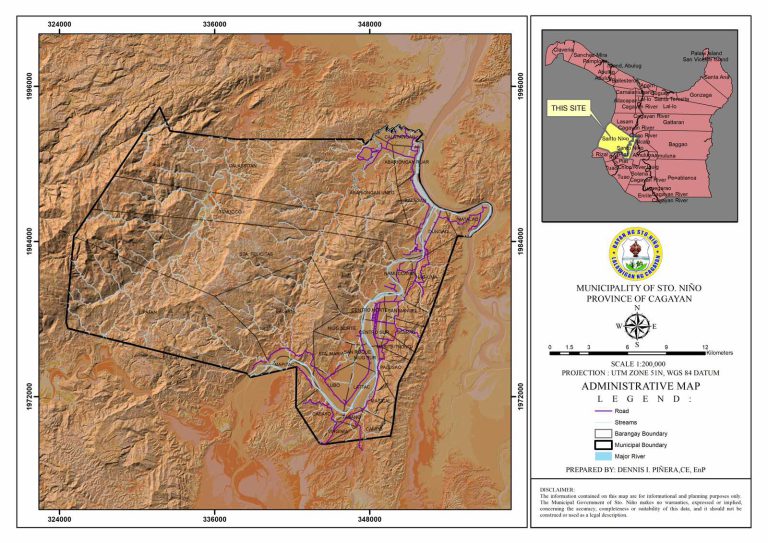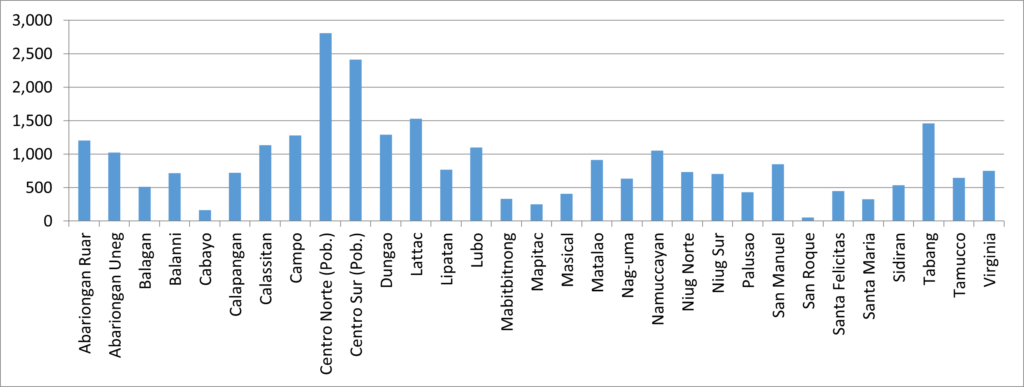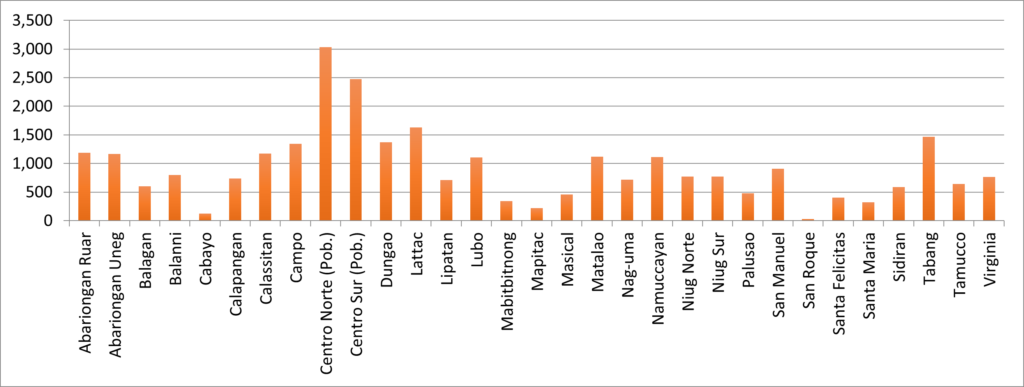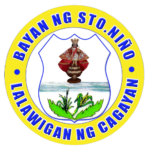Geography of Sto Niño Cagayan Overview
Santo Niño is a part of the twenty-eight (28) component municipalities and one (1) capital city of Cagayan situated in the mid-western portion of the province. It is bounded in the north by the municipality of Lasam, in the east by Gattaran, Alcala and Amulung, in the south by Piat and Rizal, and in the west by the Province of Apayao. The municipality is located in latitude 17°54’45.61”N and longitude 121°29’28.74”E or 17.912669 and 121.491318, respectively. It is 50 kilometers west of Tuguegarao City, the capital city and regional center of Cagayan Valley, and approximately 530 kilometers north of Metro Manila.

The municipality has a total land area of 51,290 hectares representing about 5.69% of the total area of the province of Cagayan. Its area is the 5th largest in the province. Santo Niño has thirty-one (31) barangays whose primary, built-up, open and production areas comprise an aggregate area of 33,534 hectares or about 65% of the municipality’s total land area. The rest of the land area (35%) accounts for the forestland in the west. Part of the forested areas is claimed by the neighboring town of Rizal and the province of Apayao.
Urban area comprises only 1.13% of the total land area of the municipality in which the barangays Centro Norte and Centro Sur are classified. The rest of the 29 barangays are considered rural area with 98.87% share of the total land area of the municipality. The bulk of this rural area is located in the western part of the municipality crossing over the Chico River.
Population and Religion
In the latest 2020 Census on Population and Housing, the municipality had a total population of 28,537 which comprised 2.25% of the total population (1,268,603) in the Province of Cagayan. Its urban barangays Centro Norte and Centro Sur have the highest population, 3,030 (10.62%) and 2,472 (8.66%), respectively.
2015 Population

2020 Population

The people of Santo Niño are very religious and pious in the exercise of their faith. Roman Catholicism is the major religion of the people. There are other faith-groups in the municipality like the United Methodist, Presbyterian, Born Again, and Iglesia Ni Cristo. The Catholics and the local government celebrate their patron saint’s festival during the month of May annually. Currently, there is no data on how many of the households are related to one religion or the other.
